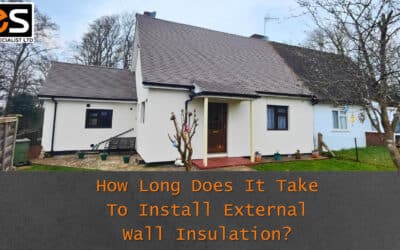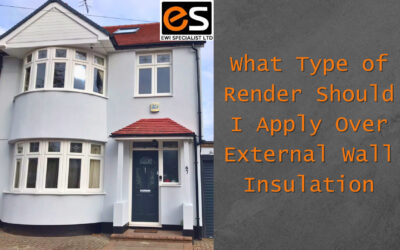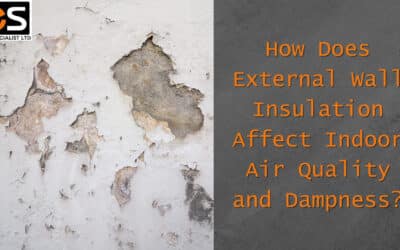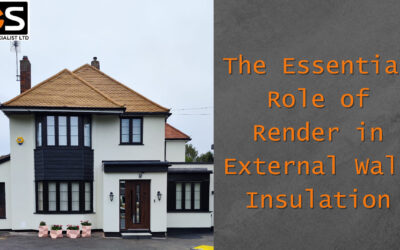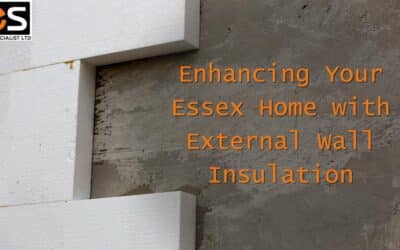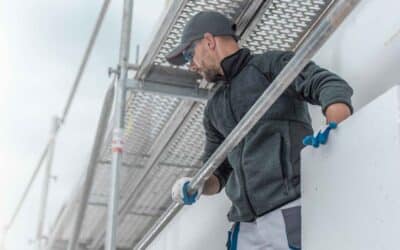As energy costs rise and environmental concerns take centre stage, it’s become more crucial than ever to ensure our homes are adequately insulated. In the United Kingdom, the building and renovation sector has seen a significant shift towards adopting sustainable and efficient thermal insulation methods, particularly in the realm of external wall insulation.
This essential component can enhance a home’s thermal efficiency, leading to lower heating costs and increased comfort for residents. With a wide range of materials available, each offering unique qualities and levels of performance, choosing the right thermal insulation material can be a daunting task.
This article will provide a comprehensive exploration of the various types of external insulation available and offer guidance on selecting the most effective insulation for your home.
- The Types of External Wall Insulation
Mineral Wool Insulation
Expanded Polystyrene Boards (EPS)
Phenolic Foam Insulation
Wood Fibre Insulation
Polyurethane Insulation
Aerogel Insulation
Other Insulation Materials - How to Properly Choose the Type of Insulation?
1. The Types of External Wall Insulation
While mineral wool and polystyrene are commonly used materials for thermal insulation, they only represent a portion of the options available on the market. An understanding of the various materials, their purposes, characteristics, and costs will empower you to make an informed decision that suits your needs best.
Ensuring your home is adequately insulated can greatly impact both your comfort and energy costs. While mineral wool and polystyrene are commonly used, they represent just a fraction of the diverse range of materials on offer.
Only with a comprehensive understanding of the various insulation materials available, their intended use, characteristics, and associated costs, can you make an informed decision.
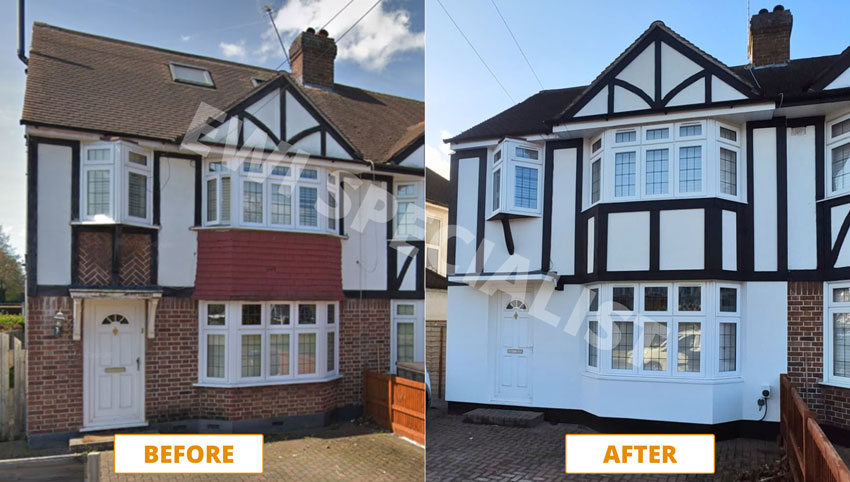
The Most Commonly Used Thermal Insulation Materials
Mineral Wool Insulation: Made from molten rock or slag, mineral wool is a top choice due to its robust thermal and sound insulation properties. It is environmentally friendly, made from waste materials, and is also known for its fire-resistant qualities. A challenge arises when the wool insulation becomes saturated with moisture; under such conditions, it loses its insulating properties, diminishing its effectiveness. The cost of mineral wool insulation is moderate, making it a popular choice for homeowners on a budget.
Expanded Polystyrene Boards (EPS): These boards are a cost-effective solution offering good thermal insulation. Lightweight and simple to install, EPS is typically less expensive than mineral wool, yet its effectiveness should not be underestimated.
Advantages of Expanded Polystyrene Boards: EPS boards boast resistance to moisture and rot, contributing to their durability and long-term performance.
Disadvantages of Expanded Polystyrene Boards: A notable drawback of EPS is its vulnerability to high temperatures. Given its flammable nature, it is not recommended for ceiling insulation. It’s crucial to avoid combining this material with certain solvent paints and adhesives.
It’s important to note that the density of EPS directly influences its strength – the denser the material, the more resistant it is. However, this doesn’t mean that high-density EPS is necessary in every situation. Often, a less resistant variant may suffice.
We can distinguish various densities of the EPS:
- EPS 50 and 70: These variants are designed for insulating three-layer walls and flat roofs, with EPS 70 offering resistance to minor mechanical loads.
- EPS 100: This type is utilised for insulating floors and roofs, providing an efficient thermal barrier.
- EPS 200: This hard polystyrene variant offers high resistance to mechanical loads, making it ideal for insulating basement walls, ceilings, and foundations.

Phenolic Foam Insulation: Phenolic foam offers high thermal efficiency in a slim profile. It’s an effective insulation material used in situations where space is limited, albeit slightly more expensive than other options.
Wood Fibre Insulation: An eco-friendly choice, wood fibre insulation provides excellent thermal insulation. It’s breathable, contributing to humidity control within the building, making it ideal for a sustainable home environment.
Polyurethane Insulation: Polyurethane insulation is renowned for superior insulating properties. Although more expensive, it offers excellent thermal performance, making it a cost-effective choice over time.
Aerogel Insulation: Aerogel is among the most effective insulating materials, providing superior thermal performance. Despite its higher cost, it’s ideal when high-grade insulation is required in space-restricted scenarios.
Plates: Within the context of insulation, plates are typically rigid panels made of materials such as polystyrene or polyurethane. They provide robust thermal insulation and are commonly used in areas like utility attics, flat roofs, and external walls, offering a flexible solution for these applications.
Tread Plates: Constructed typically from metal, tread plates boast a raised, ‘diamond’ pattern for improved traction. Although they don’t provide insulation in the traditional sense, their unique design does facilitate ventilation through the grooves, allowing for efficient air flow.
Waterproof Boards: Waterproof boards are typically comprised of gypsum or cement and are resistant to moisture, making them ideal for damp-prone areas such as basements or foundations.
Tubes: Insulation tubes, often made from materials like rubber or polyethylene, are used to insulate pipes to prevent heat loss or gain and to protect against freezing.
Granulate: Insulation granulate, typically made of EPS or minerals, is a loose-fill insulation material. It’s often used for insulating irregular spaces or cavities where traditional insulation materials may not fit.
Mats: Insulation mats, usually composed of mineral wool or fibreglass, are flexible, making them suitable for insulating irregular surfaces, light partition walls or rafter roofs, floors in utility and non-utility attics or for wrapping around pipes.
Roofing Felt Boards: Roofing felt boards are durable, water-resistant barriers installed beneath the final roofing layer. While not insulation themselves, they protect insulation materials from weather-related damage.
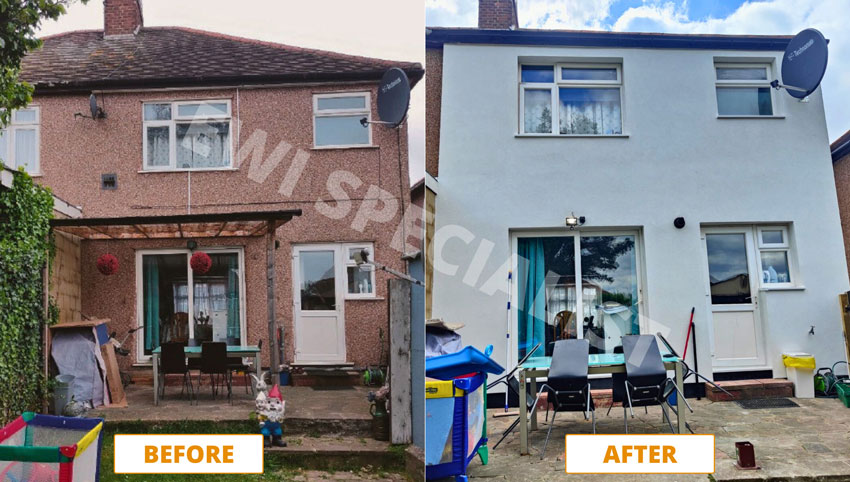
2. How to Properly Choose the Type of Insulation
A well-insulated home brings a wealth of long-term benefits including enhanced thermal efficiency, reduced heating costs, and increased comfort. It ensures a cosy environment and maintains an optimal temperature throughout the year. Thus, selecting the right insulation material is a decision of utmost importance.
Primarily, the choice of insulation material should consider the area requiring insulation and your specific needs.
Considering that your home insulation is a long-term investment, this decision shouldn’t be made hastily. It’s worth meticulously planning the installation process, acknowledging that in certain situations, materials can be substituted. For instance, pricier mineral wool could potentially be replaced with more affordable polystyrene. However, this approach may not be suitable in all scenarios.

While the initial cost of home insulation may appear costly, it’s crucial to view it as a long-term investment designed to serve its purpose for many years to come. Therefore, it’s unwise to prioritise cost savings over quality in this context. After all, insulation that isn’t suited to specific needs simply won’t perform effectively.
If your home is insulated with inappropriate materials, it can lead to a range of issues such as the need for future insulation replacement, wasted time due to ill-fitting materials, and escalating heating bills.
These challenges result in increased overall investment costs. Therefore, selecting the appropriate insulation that aligns with your home’s specific requirements is of paramount importance.
That’s why it’s important to hire a qualified company capable of proficiently selecting the right insulation material for your external walls. Our goal is to provide peace of mind by aiming to ensure a cosy, eco-friendly, and energy-efficient home for years to come.
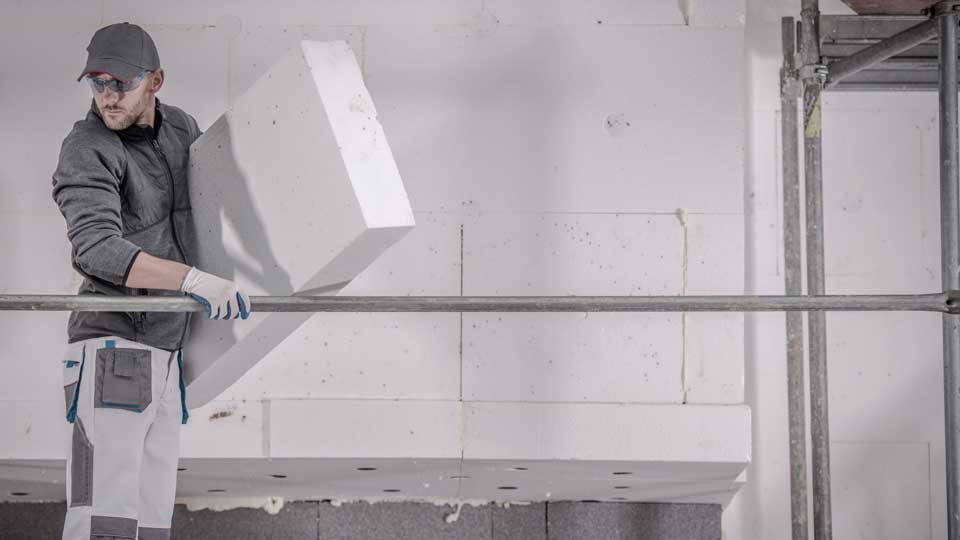
Looking to insulate your home but anxious about making the wrong choice of insulation material? Don’t hesitate to call us at 07594373464. Our team of experienced external wall insulation contractors are available to help answer your questions and guide you in the process of selecting insulation materials that suit your needs.
As an Essex-based solid wall insulation company, EWI Specialist Ltd, run by Sebastian & Sebastian, boasts 20+ years of experience in exterior solid wall insulation and house rendering services.
Have you settled on the insulation material but curious about the costs involved in home insulation? Let us put your mind at ease! We’re delighted to offer a free, no-obligation quote for your external wall insulation!


